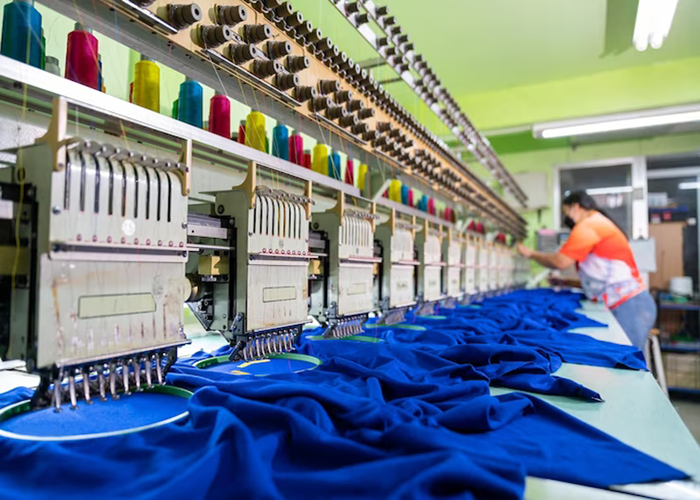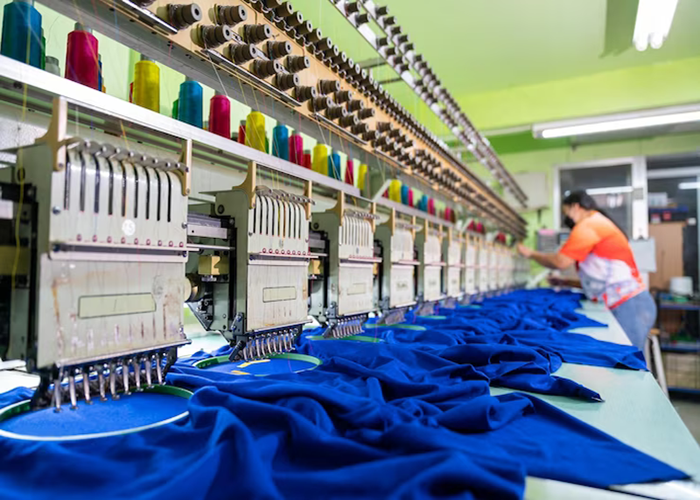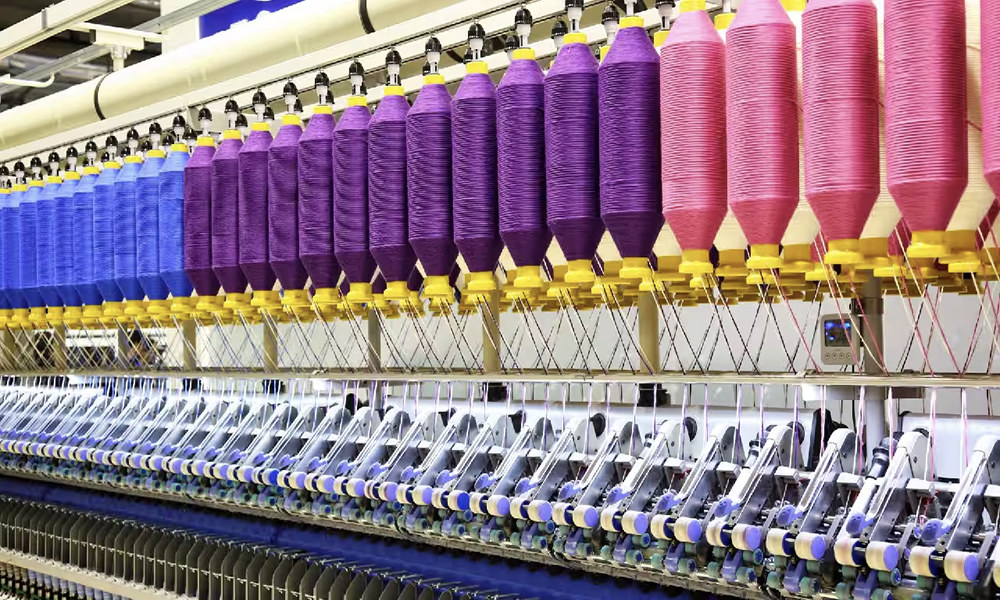Textile Industries in India: Sustainable Water and Wastewater Treatment with STP, ETP, WTP, WWTP, RO, and More

India's textile industry is one of the oldest and most significant contributors to the country's economy. From yarn production to fabric processing, it supports millions of jobs and has positioned India as a global hub for textile exports. Maharashtra, particularly in cities like Ichalkaranji, Solapur, and Mumbai, plays a significant role in this sector.
The state hosts a mix of traditional and modern textile manufacturing units, ranging from cotton mills to high-end garment facilities. With expanding domestic demand and international markets, textile production continues to grow, leading to increased emphasis on efficient water usage and wastewater treatment, mainly due to the heavy water demand associated with dyeing, finishing, and washing processes.
Textile Production Demands Large Volumes of Water for Dyeing, Washing, and Finishing Processes
Water is a fundamental resource in textile production. It is used throughout the manufacturing chain—from fiber cleaning and spinning to dyeing, printing, and fabric finishing. The industry relies heavily on high-quality water to maintain the consistency of dyes, avoid fabric damage, and meet colorfastness standards.
Water must meet specific quality parameters, such as low hardness and neutral pH in many textile units, especially those using synthetic dyes and chemicals. Reverse Osmosis (RO) and softening plants are commonly used to ensure the water is fit for production. As water quality directly affects product quality, its treatment becomes critical.
Dyeing, Printing, and Washing Processes Are Major Contributors to Industrial Wastewater in Textiles
Textile manufacturing generates wastewater at nearly every stage. The dyeing process, in particular, consumes and discharges large volumes of chemically laden water. Printing and finishing processes also release wastewater rich in colorants, surfactants, and fixing agents.
"Textile industries depend on water not just for production, but for precision. Every drop used must be managed, treated, and reused where possible to reduce costs and protect the environment we rely on."
Other sources include fabric washing, equipment cleaning, and backwashing of water treatment units. These streams often contain suspended solids, high biological oxygen demand (BOD), and toxic compounds, making them challenging to treat and manage sustainably without proper infrastructure.
Textile Wastewater Contains Dyes, Heavy Metals, and Organic Load That Require Specialized Treatment
The wastewater generated from textile operations is complex. It includes dye effluents, which are often resistant to biological degradation. Depending on the dyes and mordants, these wastewaters may also contain high levels of Chemical Oxygen Demand (COD), BOD, salts, and heavy metals like chromium and copper.
In addition, detergent-laden water from washing and rinsing operations introduces surfactants and organic matter into the effluent. The mixture of physical, chemical, and biological contaminants makes textile units need to install advanced, multi-stage treatment systems.
ETPs, Sedimentation, and Chemical Treatment are Key to Managing Textile Wastewater Safely
Textile industries use Effluent Treatment Plants (ETPs) designed to handle the unique challenges of their wastewater. Primary treatment usually involves sedimentation to remove solids, chemical coagulation, and flocculation to reduce color and suspended particles.
Secondary and tertiary treatments typically use biological processes, activated carbon filtration, or advanced oxidation to reduce BOD, COD, and color. Final disinfection ensures treated water meets discharge norms or is suitable for reuse within the plant, thus minimizing environmental impact and freshwater demand.
Zero Liquid Discharge and Advanced Membrane Systems Are Helping Textiles Achieve Water Sustainability
With rising environmental concerns and stricter regulations, textile companies are increasingly adopting water-reuse technologies. Zero Liquid Discharge (ZLD) systems are gaining traction, combining RO, evaporators, and crystallizers to recover up to 95% of water from effluents.
Membrane bioreactors, ultrafiltration, and nanofiltration systems are also used for color and contaminant removal. These technologies allow industries to reduce water intake, lower treatment costs over time, and achieve environmental compliance without compromising productivity or quality.
We Provide Tailored ETP, RO, and STP Systems for Textile Industry Wastewater and Process Water Needs
Our company provides complete water and wastewater treatment solutions for textile industries. We begin with a detailed assessment of your process water needs and wastewater profile, offering customized plant design and equipment.
We supply and install systems like ETPs, STPs, WTPs, and advanced RO and ZLD units. Our support extends to commissioning, operator training, and ongoing plant maintenance. With automation and remote monitoring options, we ensure continuous efficiency, compliance with PCB norms, and optimal water reuse.
Conclusion: Textile Industry Water Management Requires Responsible, Efficient Treatment Solutions

Sustainable Water Management in Hospitals Ensures Safety, Compliance, and Environmental Stewardship
Water is both a resource and a responsibility in the textile industry. With its vast consumption and complex wastewater streams, it demands innovative, sustainable treatment practices. By adopting technologies like RO, ETP, STP, and ZLD, textile industries can reduce freshwater dependence, protect ecosystems, and remain compliant with evolving regulations. Our company stands ready to assist textile units in transforming their water usage—from intake to discharge—into an environmental and operational efficiency model.

